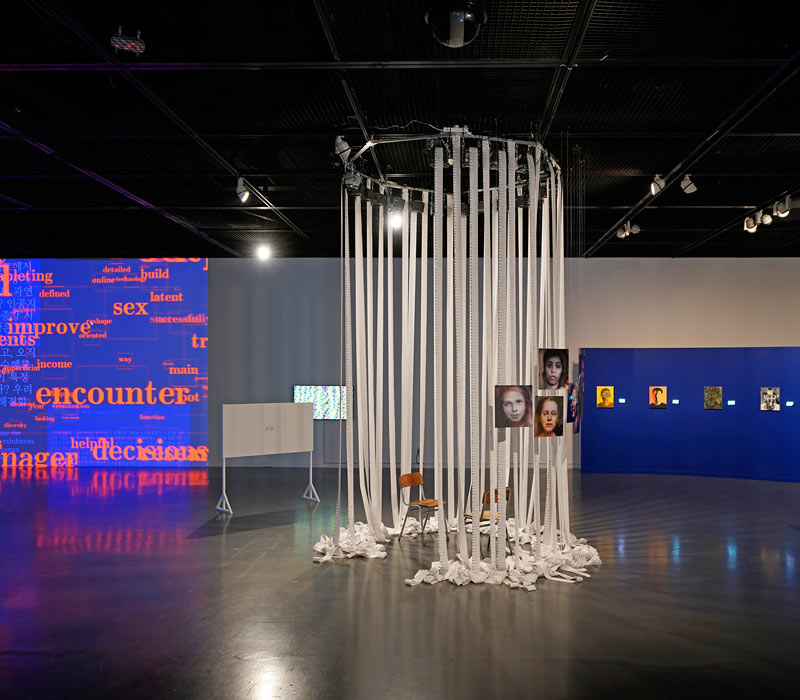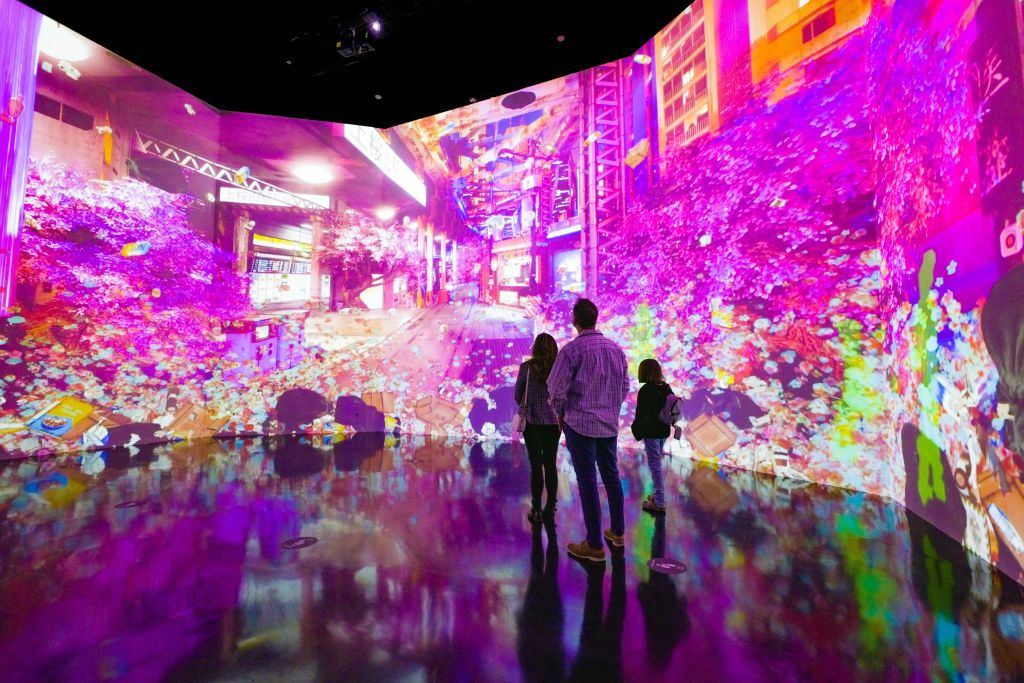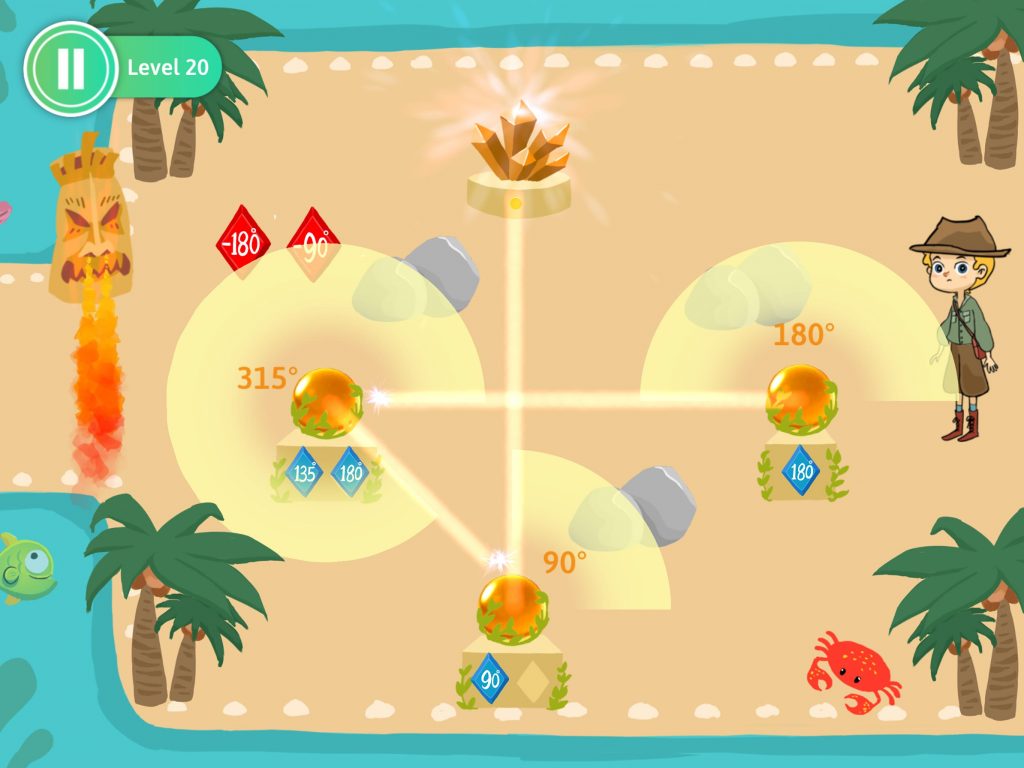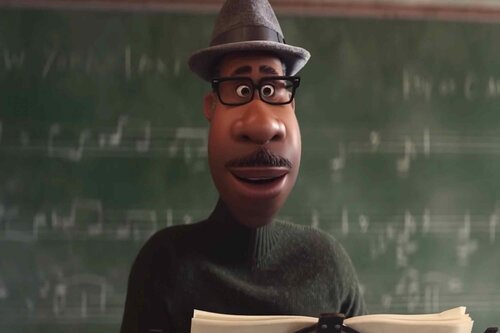
My older sister, Heyin Oh, works at Microsoft as a senior UX designer. Admiring her work has become a large inspiration to me. The project I want to specifically write about is the application “Microsoft Teams”. Heyin was one of the original designers for the program: working with the windows, Mac, IOS, and android applications. The Design organization which consists of 120 individuals who collaborate together, developed this project and released during 2017. The authors utilized JavaScript through React. The first development of the content was angular and currently has migrated to react. Microsoft Teams integrates people to have instant and engaged collaboration. Further interest Heyin has is to bring the opportunities of AI Cortana API into experience and how it can aid those in need.
![[OLD SEMESTER] 15-104 • Introduction to Computing for Creative Practice](../../../../wp-content/uploads/2023/09/stop-banner.png)






